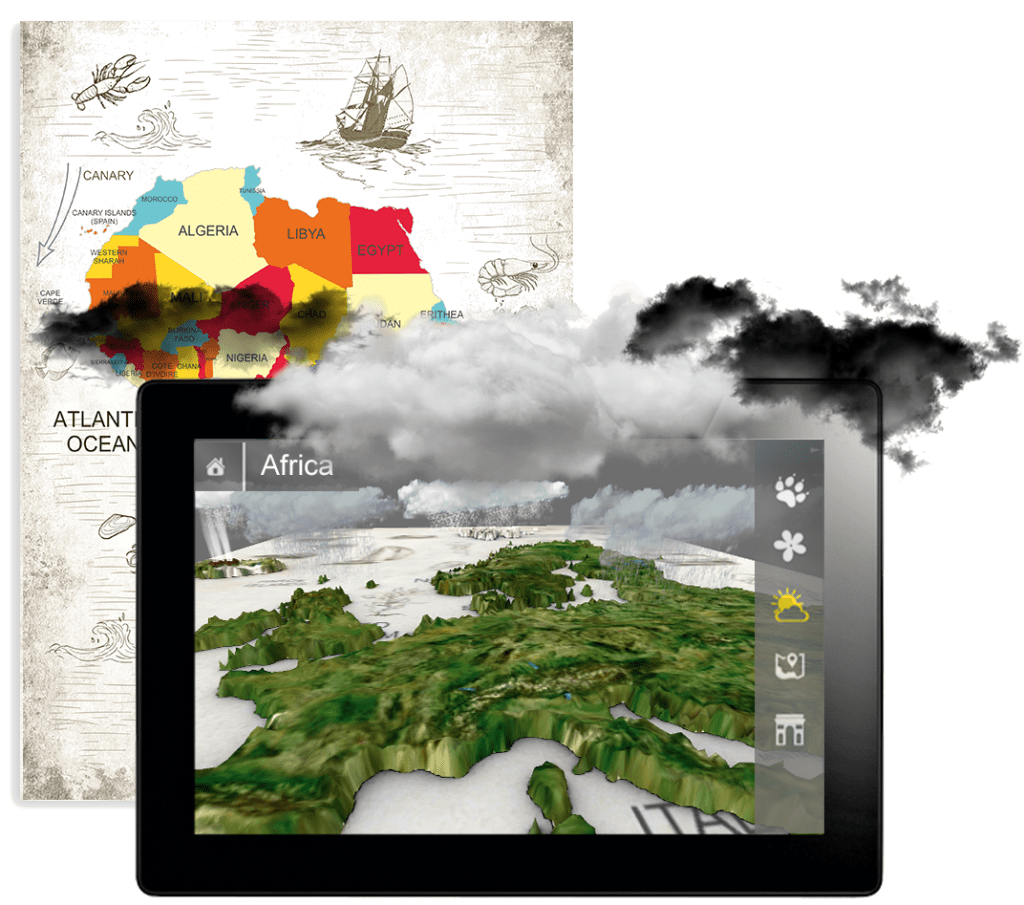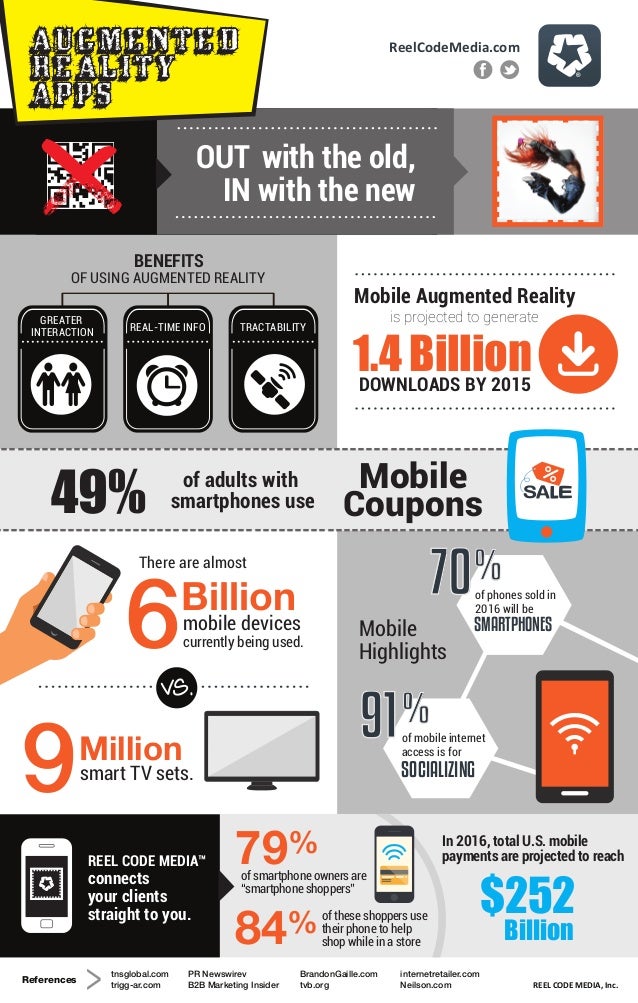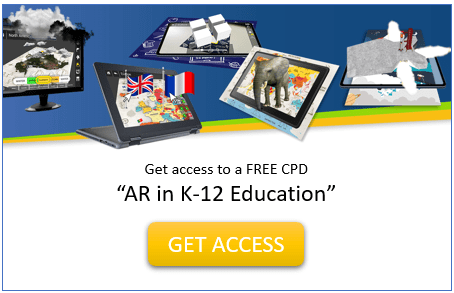
Introduction
The use of Augmented reality (AR) and Virtual reality (VR) in education is strategic and proper. Currently, I am in the process of editing a forthcoming publication entitled: “Virtual and Augmented Reality in Mental Health Treatment”, to be published by IGI Global at the end of this year, an international publisher of progressive academic research.
Today medical and technological organizations are working on the development of “unconventional” solutions such as therapy and assistance for people with behavioral problems. In particular, autism, down syndrome, alzheimer’s disease, anxiety, phobias, learning difficulites etc.
Different organizations have been involved in the study and realization of VR and AR solutions to be used as therapy and support for this kind of disabilities. In fact, it is possible to augment the level of concentration in children treated with these tools.
What happens now
Presently, I’m teaching an autistic student, she is a special need student, and I use VR with her. She is not interested in virtual reality learning objects if you show her things she can’t experience (e.g. Lions, sharks etc.), but she is a bit more involved when you show her something she likes (e.g. Mongolfiera, baloons etc.). She wants to understand how does it work, she opens the headset to take pictures.
Consequently, I have prepared specific VR 360° videos of her kitchen Laboratory to show her. Now, She really enjoys the content, she knows what she sees, she can describe something based on her experience. She can create videos, VR experiences and enjoy them later, she can show her schoolmates who remain in the classroom where she gos (laboratories, swimming pool etc.). When she watches she dances, she moves everywhere and she looks in every direction.
Experience with AR
Moreover, I have described my experience with a high school class of 23 students invited to use AR and VR to create their own learning content. They are about 16-year-old attending Istituto Tecnico Tecnologico “Eustachio Divini” in San Severino Marche, Italy. They generally use their smartphones to connect to the Internet, search information, communicate and play games. Nevertheless, when these students have to study a subject matter (e.g. History, Geography etc.) they chiefly use traditional paper books or school desktop computers. They need a clear model to improve their study method and to use new learning augmented and virtual medias.
The basic idea of this learning experience is to create few paper notes (a short printed document) augmented with AR and VR. To access further content in AR, they can use their personal tools (e.g. smartphones plus apps) and to see VR they can use Google Cardboards or similar cheap headsets. The subject matter selected to implement this immersive experience into school study material is Information Technology System Design. Students are encouraged to create their content using AR and VR and to collaborate in a team. The experience is fully evaluated using tests, autorating, and direct observation. The aim is to observe the impact of augmented mobile learning and to demonstrate that AR and VR study material may represent a new communication object adequate to teach future students.
Results
The results are positive and the educators consider the trial as a starting point for further developments. The most important results are:
- Students can create their learning material using VR and AR environments;
- They can construct their learning material working in a small group of peers;
- They can choose a specific role, useful to acquire a self-confident behavior and develop autonomy;
- They have fun while working;
- They can improve their creative mind, a crucial attitude for the future (Gardner, 2006);
- They develop new ICT skills;
- Educators, after the trial, use learners’ outputs to offer guidance to schoolchildren with special needs.
This last result is important, in fact, it demonstrates that these new augmented learning objects may attract the last generation of learners and it may be flexible for different needs.

References:
Guazzaroni, G. (2017, February). The Impact of Augmented Reality and Virtual Reality Study Material in the Future of Learning: A Teamwork Experience. In G. Kurubacak & H. Altinpulluk (Eds.) Mobile Technologies and Augmented Reality in Open Education, IGI Global, USA.
Guazzaroni, G. (2015, September). Realtà aumentata un’opportunità di apprendimento. In L. Salvucci (Ed.) Strumenti per la Didattica della Matematica. Ricerche, esperienze, buone pratiche. Milano, IT: Franco Angeli.
Guazzaroni, G., Aguzzi, E., Lautizi, C.Settembri, A. (2015, September). Convinzioni ingenue sull’infinito e realtà aumentata nella scuola dell’infanzia. In L. Salvucci (Ed.) Strumenti per la Didattica della Matematica. Ricerche, esperienze, buone pratiche. Milano, IT: Franco Angeli.
Guazzaroni, G. Compagno, M. (2013, December). AR Moulded-Objects Performing Giuseppe Verdi’s 200th Birthday. In Archeomatica (4), 38-41.
About Contributor
Giuliana Guazzaroni
Editor of Virtual and Augmented Reality in Mental Health Treatment
Augmented & Virtual Reality Developer
VR 360° Filmmaker
eLearning Ph.D

